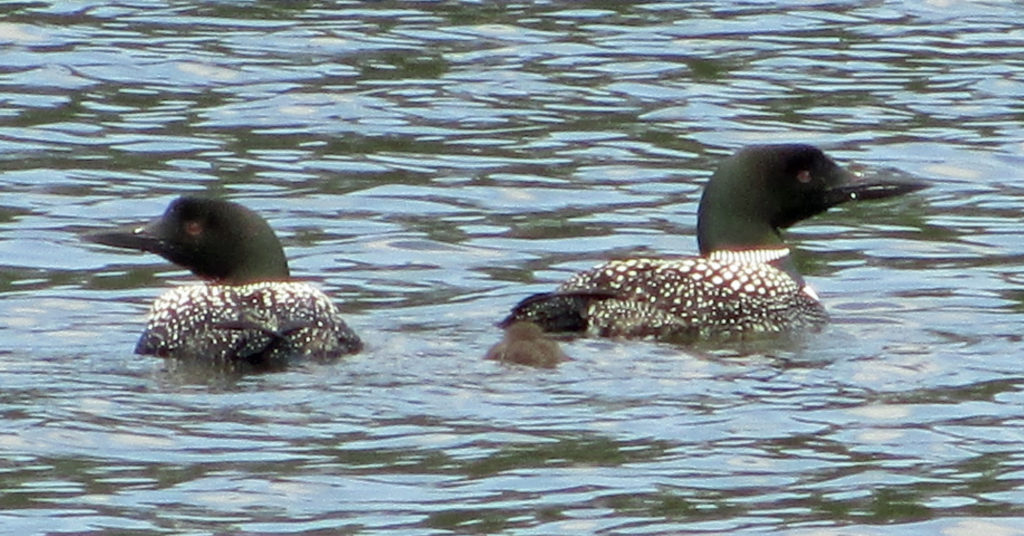
West Nile Virus Impacting Minnesota Loons
A recent uptick in reports of dead loons and test results indicate an impact from West Nile virus (WNV), according to nongame wildlife staff at the Minnesota Department of Natural Resources.
The Veterinary Diagnostic Laboratory at the University of Minnesota confirmed WNV as the cause of death in two of three dead loons from northeastern Minnesota earlier this month. Wildlife staff are receiving a small but noticeable increase in calls from people finding dead loons in northeastern Minnesota this summer.
WNV was first confirmed in Minnesota in 2002 and was documented as a cause of loon mortality in Minnesota as early as 2005. It is not uncommon for people, animals and birds to be exposed to WNV through mosquito bites. Most people and animals successfully fight off the virus and develop antibodies against future infection. Some birds, like loons, crows and other corvids, are especially susceptible to the infection. Researchers are attempting to discover the rates of infection among ruffed grouse.
Loons can die from a variety of illnesses and injuries and individual bird deaths are a normal occurrence and not cause for alarm.
“Minnesotans love our loons and it’s concerning for people to find them dead. When we start seeing multiple birds dying on a single lake, we want to know about it so we can start tracking the information and determine when further testing is warranted,” said nongame wildlife specialist Gaea Crozier. “While there isn’t a way to treat the West Nile virus infection, knowing the cause can help us rule out other, preventable causes of mortality.”
Lake homeowners and other lake users who observe two or more dead loons on a single lake with no obvious injury or cause of death are asked to email the nearest DNR nongame wildlife staff for tracking:
- Bemidji/northwest area: Christine Herwig, christine.herwig@state.mn.us.
- Grand Rapids/northeast area: Gaea Crozier, gaea.e.crozier@state.mn.us.
- Metro/Central Minnesota: Lori Naumann, lori.naumann@state.mn.us.
- New Ulm/southern Minnesota: Lisa Gelvin-Innvaer,
lisa.gelvin-innvaer@state.mn.us.
Individual bird carcasses can be disposed of by burial or in the trash. There is no evidence people can contract WNV from infected birds, but gloves or a plastic bag are recommended when handling any dead animal. If reporting numbers reach a threshold that indicates a need for further testing, more information and handling protocols will follow.
The Minnesota Nongame Wildlife Program is funded almost entirely through grants and donations. More information about the DNR’s Nongame Wildlife Program and the Loon Monitoring Program can be found on the DNR website at mndnr.gov/nongame.
Read eVermilion